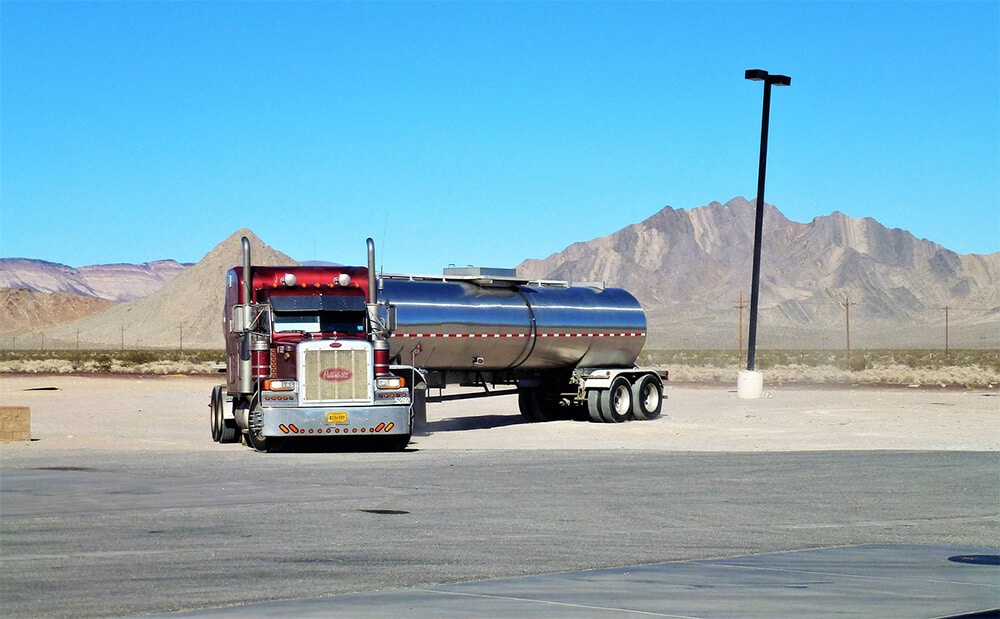May 3, 2018
Why Do Trucks Make Wide Turns?

You’re probably familiar with the blind spots for your car and how to estimate distance when driving around a car that’s turning away from you. But many people aren’t familiar with how these concepts apply to trucks. Because of their size, trucks have more blind spots and need more time and space to turn safely. They also need cars around them to give them plenty of space to make these turns. When this doesn’t happen, it can cause truck accidents.
If you’ve been in a truck accident, you may have sustained injuries that require medical attention and are keeping you from work. Don’t let this financial stress overwhelm you. A Georgia truck accident lawyer from Bey & Associates can help you get the compensation you deserve.
Where Do Trucks Have Blind Spots?
When sharing the road with trucks, it’s important to know where their blind spots are. An 18-wheeler will have different blind spots than a sedan.
Trucks have four blind spots.
- Front. Truck drivers can’t see cars that are in the first 20 feet ahead of them. If a truck is behind you, make sure you’re far ahead.
- Right Side. This blind spot extends to two lanes to the driver’s right. A good rule of thumb is if you can’t see the driver in their mirror, then they can’t see you.
- Left Side. There’s one lane of blind spot on the left side of the driver, but still drive cautiously and remember the mirror rule.
- Back. The first 30 feet behind a truck is a blind spot. This can be dangerous when a truck needs to turn, slow down, or brake quickly. Take care to not tailgate a truck because they will not be able to see you.
Because trucks have these blind spots, you need to be careful when passing a truck or changing lanes. If you’re driving and find that you’re in a blind spot, cautiously move out of it and increase your distance so the truck driver can see you.
What Do You Do When a Truck Is Turning?
When trucks are turning, the maneuver that needs to be done carefully and without any cars within a close distance to it. A truck’s blind spots make it difficult to know if there’s a car and getting caught in a truck’s right-hand turn can cause an accident.
The truck’s size is also a major factor in the turn. Off-tracking trailers don’t necessarily follow the truck’s turning points. This means that the truck needs to be able to make a wide turn, so the trailer has room to realign with the truck. The driver has to do this slowly, so they don’t risk tipping over, jackknifing, or colliding with cars or pedestrians.
Drivers need to have a fair amount of warning for when a truck is turning. Trucks that make wide turns will have a warning about it on the back of the trailer. They also must signal their turn 100 feet before the turn, so cars have plenty of time to pass them or slow down so the truck driver can turn safely.



